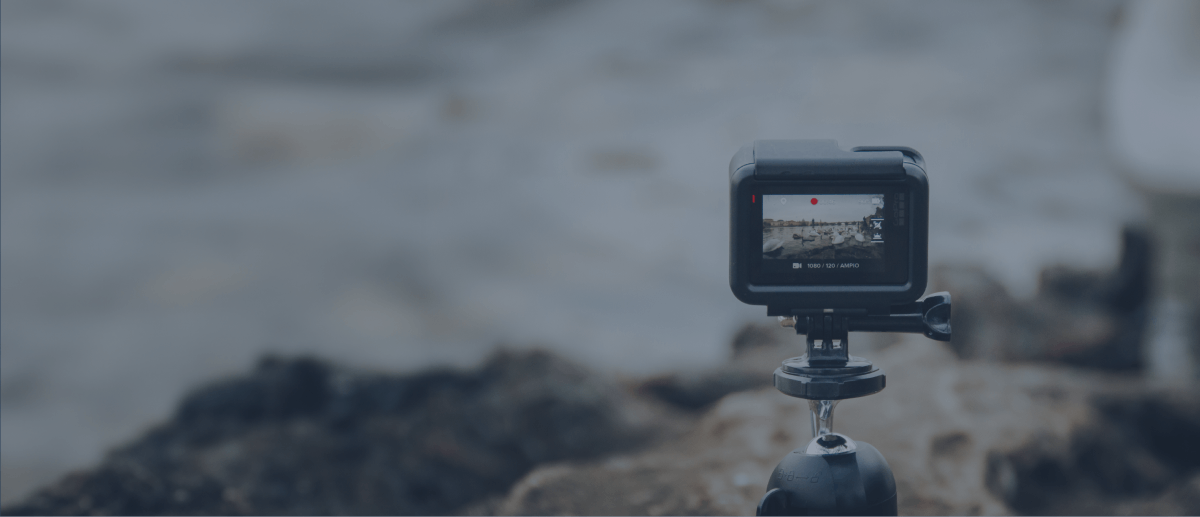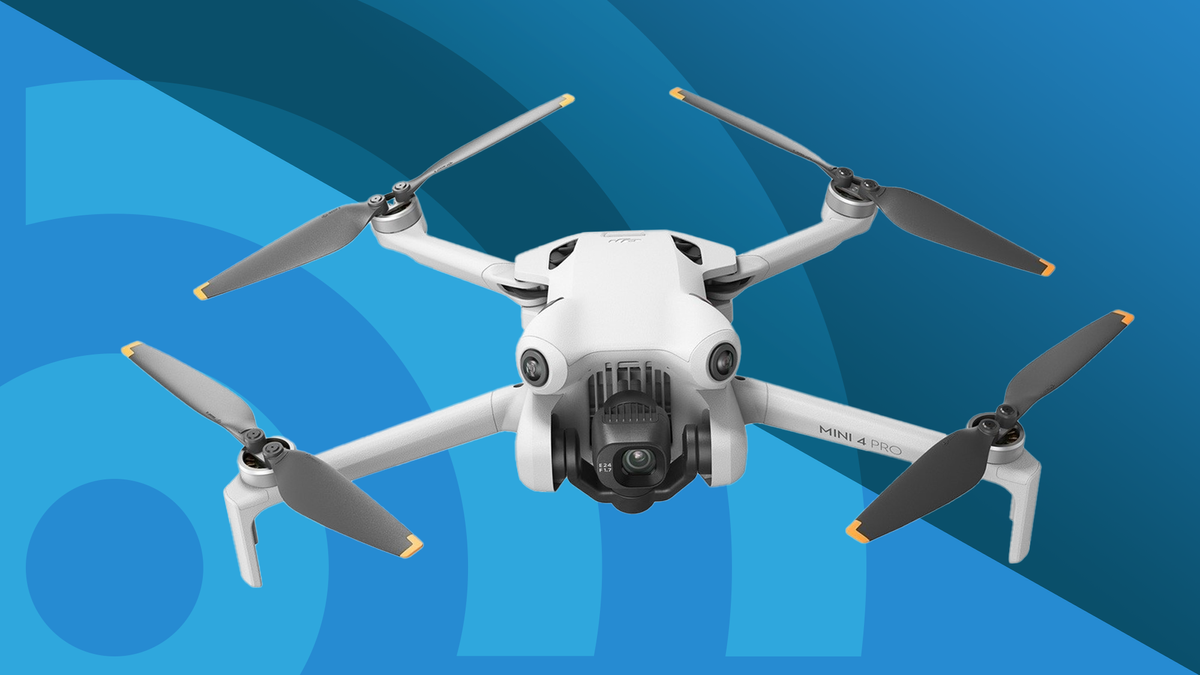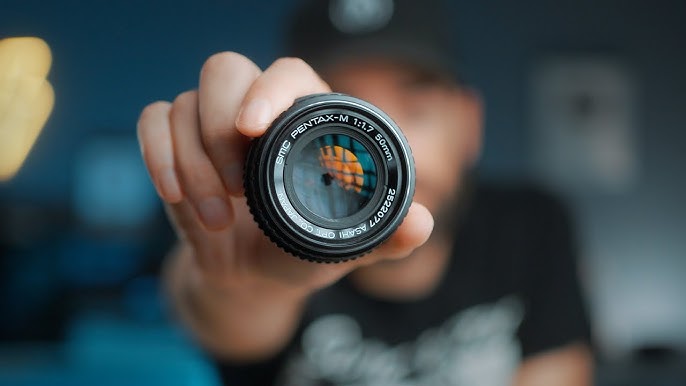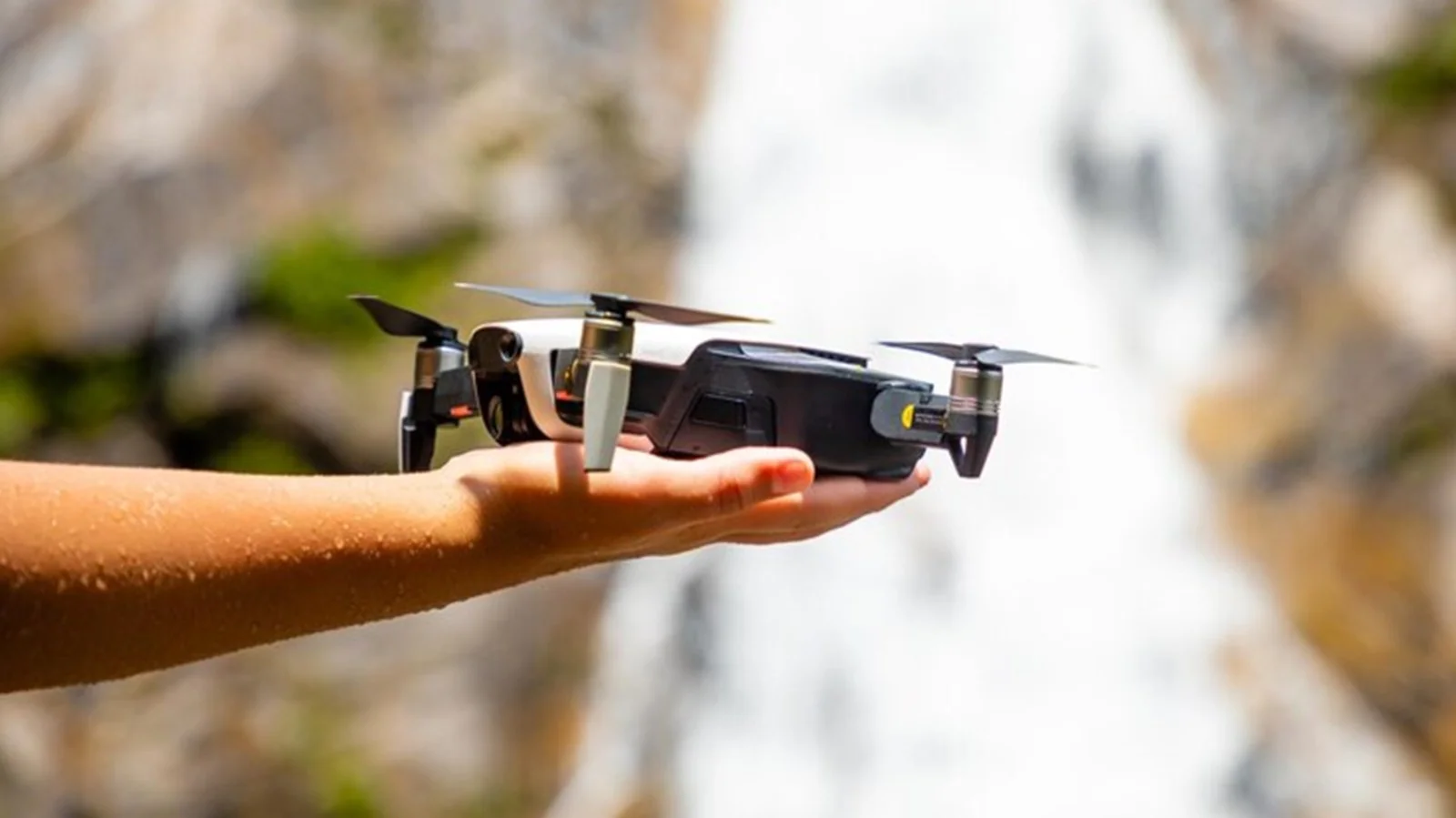Drones have become a game-changer in the world of aerial photography, allowing photographers and videographers to capture breathtaking images and videos from unique vantage points.
However, one common challenge faced by drone enthusiasts is lens distortion, which can impact the quality and accuracy of their shots.
In this article, we will explore what lens distortion is, its causes, and effective methods for correcting it in drone photography.
Understanding Lens Distortion
Lens distortion refers to the phenomenon where straight lines appear curved or distorted in an image captured by a camera lens. There are two primary types of lens distortion:
- Barrel Distortion: This type causes straight lines near the edges of the image to curve outward, giving the appearance of a barrel shape. It is common in wide-angle lenses.
- Pincushion Distortion: Pincushion distortion, on the other hand, causes straight lines to curve inward, resembling a pincushion. It is often found in telephoto lenses.
Causes of Lens Distortion in Drone Photography
Several factors contribute to lens distortion in drone photography
- Lens Design: The design of the lens itself can introduce distortion, especially in wide-angle lenses that are commonly used in drone cameras.
- Lens Quality: Lower-quality lenses are more susceptible to distortion, while high-quality lenses tend to minimize this issue.
- Flying Angle: The angle at which the drone is flying and the orientation of the camera can also affect distortion.
Effects of Lens Distortion
Lens distortion can have several undesirable effects on your aerial photographs:
- Image Quality: Distorted images may lack clarity and sharpness, reducing overall image quality.
- Geometric Accuracy: Inaccurate representations of straight lines and angles can affect the precision of measurements and mapping data obtained through drones.
Lens Distortion Correction Methods
Fortunately, there are several methods for correcting lens distortion in drone photography:
- Software-Based Correction: Many photo editing software programs, like Adobe Lightroom and Photoshop, offer tools for correcting lens distortion. These programs can automatically detect the type of distortion and apply the necessary corrections.
- Drone-Specific Software: Some drone manufacturers provide specialized software that can correct distortion specific to their drone models.
- Camera Calibration: Calibrating your drone’s camera settings can help reduce distortion. This involves adjusting parameters like focal length and distortion coefficients.
- Use of LUTs (Look-Up Tables): Look-up tables can be applied to correct distortion in post-processing, providing a pre-defined correction for specific lenses and cameras.
- Manual Correction: For more precise correction, some photographers prefer to manually correct distortion in their images using software tools.
Conclusion
Lens distortion is a common challenge in drone photography, but with the right techniques and tools, it can be effectively corrected to enhance the quality and accuracy of your aerial shots.
Whether you choose software-based correction, camera calibration, or manual correction methods, understanding and addressing lens distortion is crucial for achieving stunning and distortion-free results in your drone photography projects.
So, don’t let lens distortion hold back your creativity—explore these correction methods and take your drone photography to new heights.









Leave a Reply